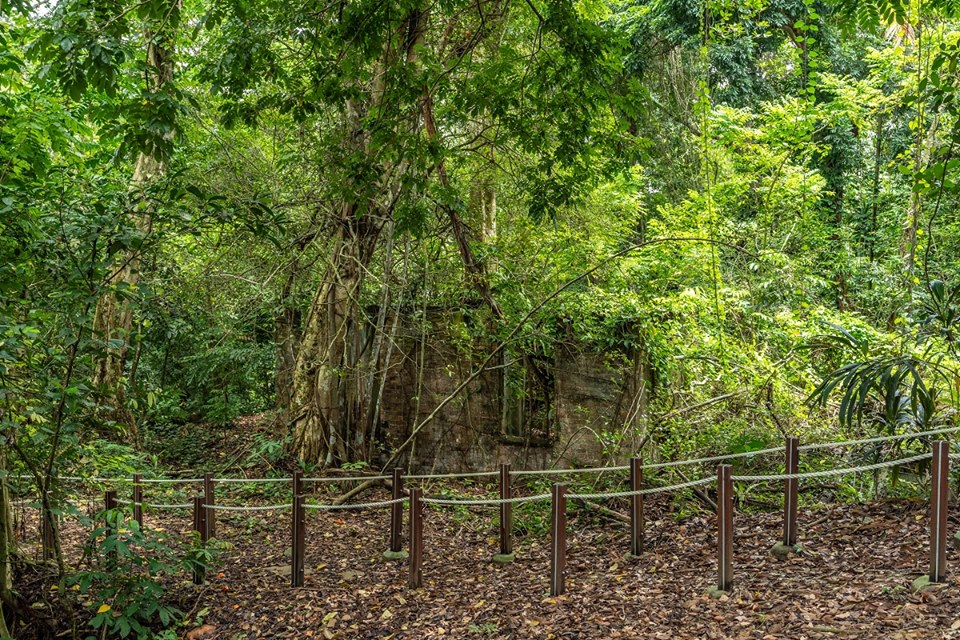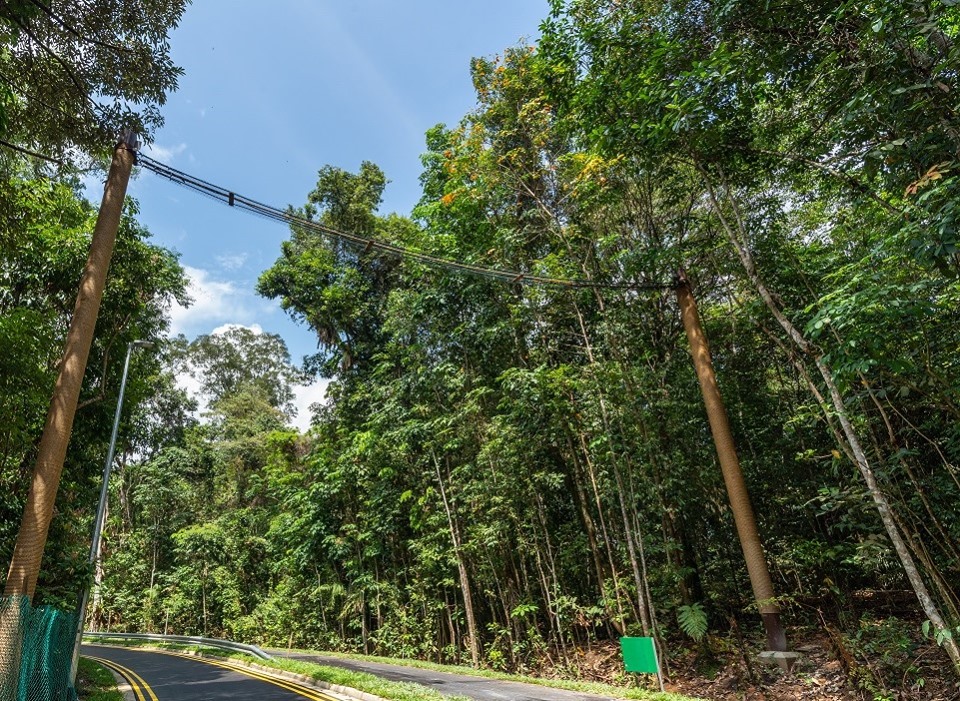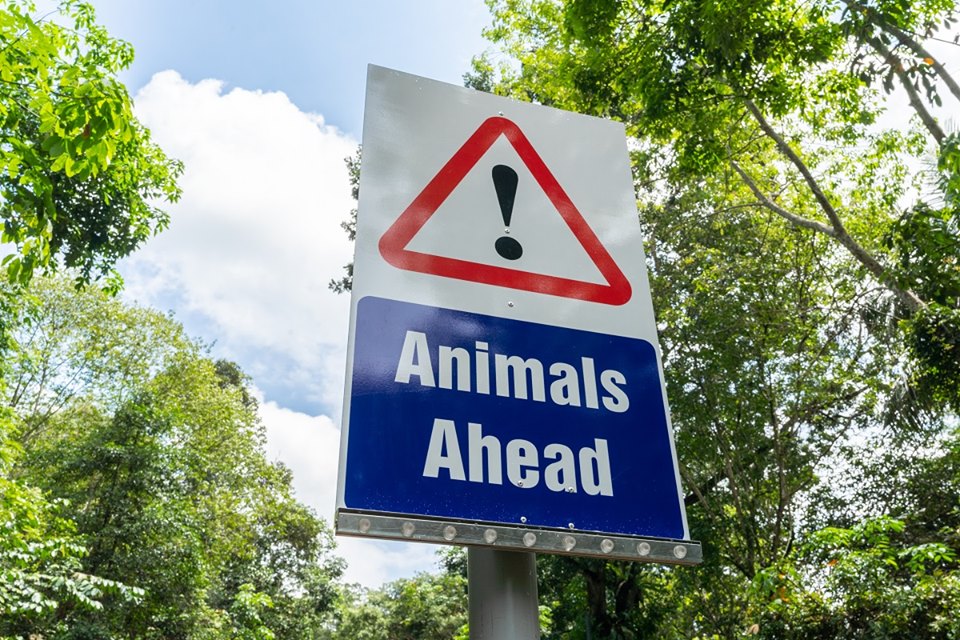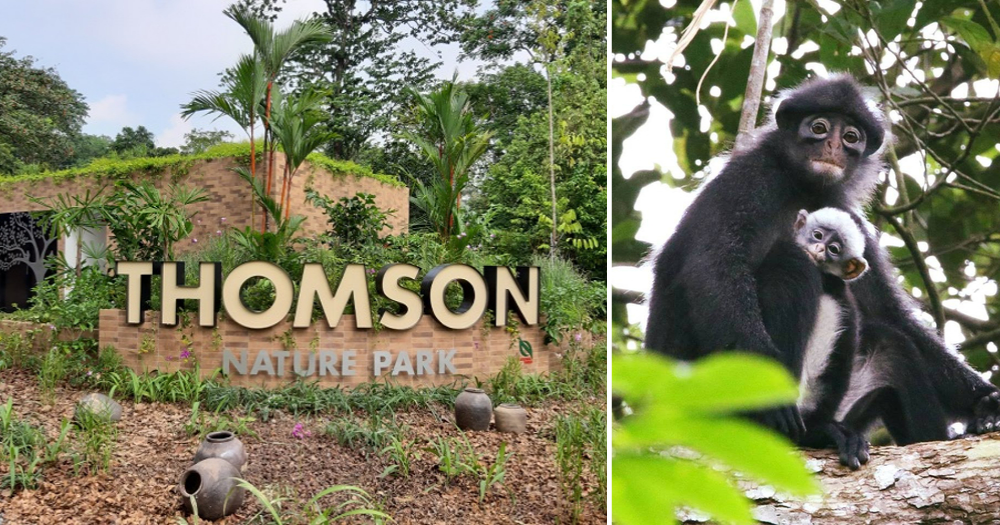Singapore's seventh nature park, located in Thomson, opened to visitors on Oct. 11, 2019.
 Photo from NParks
Photo from NParks
The park is located to the east of the Central Catchment Nature Reserve (CCNR), and helps act as a green buffer around the reserve, complementing Chestnut, Springleaf and Windsor Nature Parks.
First announced in 2014, the 50ha park protects the nature reserve from neighbouring urban developments, according to a press release by the National Parks Board (NParks).
Thomson Nature Park also helps reduce pressure on the fragile flora and fauna in the CCNR by driving human traffic away and providing a new venue for Singaporeans to play, stroll and enjoy nature-related activities.
Incorporates ruins of old Hainan Village
Ruins and remnants of the former Hainan Village and its kampung life are also incorporated into the nature park.
 Photo from NParks / FB
Photo from NParks / FB
In the 1930s, the former village, now Thomson Nature Park, housed Hainanese immigrants.
By the 60s, almost a hundred residents of diverse cultural backgrounds called the village home.
It was eventually vacated in the 1980s, and the abandoned agricultural land was reclaimed by secondary forest.
To preserve the rich cultural heritage of the site, the National Parks Board (NParks) worked with former Hainan Village residents to document its history through oral accounts, art and archive materials.
The park houses 3.8km of trails which have been specially curated to allow visitors to explore the remains of the village and provide a nostalgic glimpse back into 1960s Singapore.
Conservation site for rare primates
Not only does Thomson Nature Park cater to nature-lovers in Singapore, it acts as a crucial new habitat for native biodiversity.
This includes rare and endangered species such as the Malayan Porcupine, Sunda Pangolin, Lesser Mousedeer, and Straw-headed Bulbul.
Freshwater streams running through the park are also an important habitat for aquatic species.
However, the park is particularly integral to the extremely rare Raffles' banded langur, of which only 60 remain in the wild here in Singapore.
The langur is shy and elusive, and their populations are solely limited to the CCNR.
The park also helps enhance connectivity between green spaces for animals.
Previous studies have indicated that animals, including the Raffles' banded langurs, frequently used Old Thomson Road to traverse between CCNR and the nature parks.
To aid the langurs and other arboreal (tree-dwelling) creatures, canopy rope bridges have been installed at Thomson Nature Park to allow them to move back and forth between habitats without human conflict or interference.
 Photo from NParks / FB
Photo from NParks / FB
Culverts, which are tunnels under roads, were also constructed.
To ensure the safe passage of these animals, Old Upper Thomson Road was reduced from a dual lane road to a single lane with a park connector.
There are also plans to close the road to vehicular traffic between 7:30pm and 6am daily to protect nocturnal animals.
Using new technology in conservation efforts
As part of NPark's new digitalisation masterplan, the agency is utilising new technology to aid in nature conservation and biodiversity management.
From October onwards, NParks and the Land Transport Authority (LTA) launched a one-year pilot trial for a Roadway Animal Detection System (RADS) along Old Upper Thomson Road.
This system uses video analytics to detect animals near roads.
This information will then be conveyed to motorists through flashing road signs to alert them of possible animal road crossings.
 Photo from NParks / FB
Photo from NParks / FB
This will give them time to react and possibly avoid wildlife-vehicle collisions.
Should the trial be successful, the RADS system could be expanded to include other roads where wildlife sightings are common.
NParks is also developing a Forest Fire Detection and Monitoring System, which would predict changing weather patterns and monitor forests to detect signs of potential wildfires.
Top photo from NParks
If you like what you read, follow us on Facebook, Instagram, Twitter and Telegram to get the latest updates.
